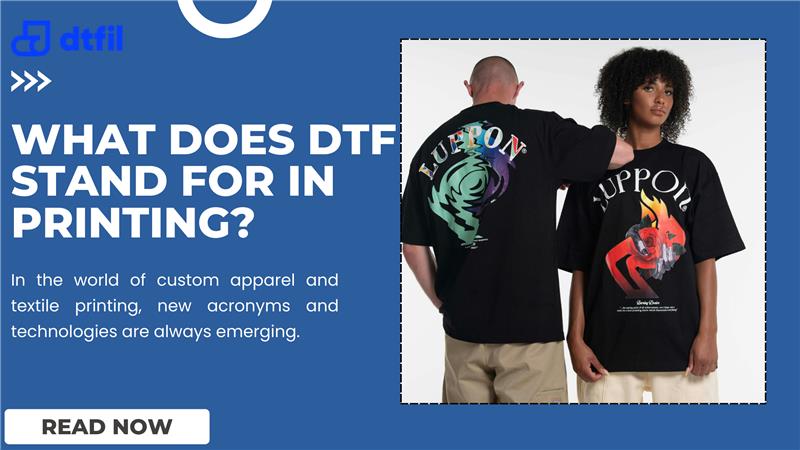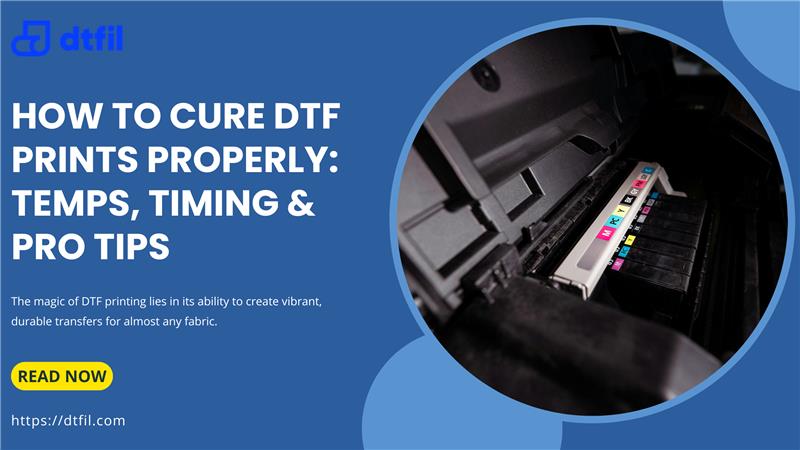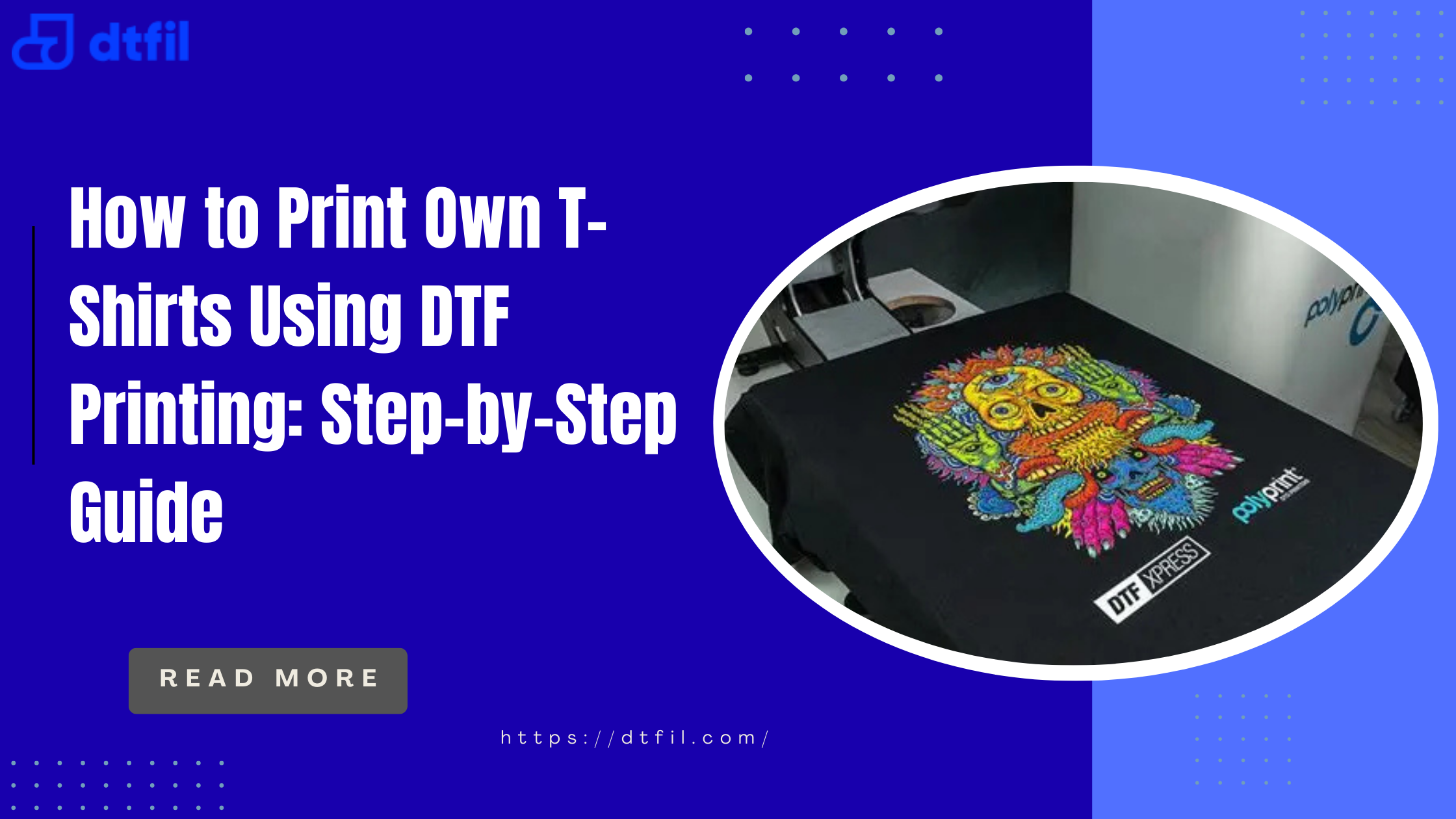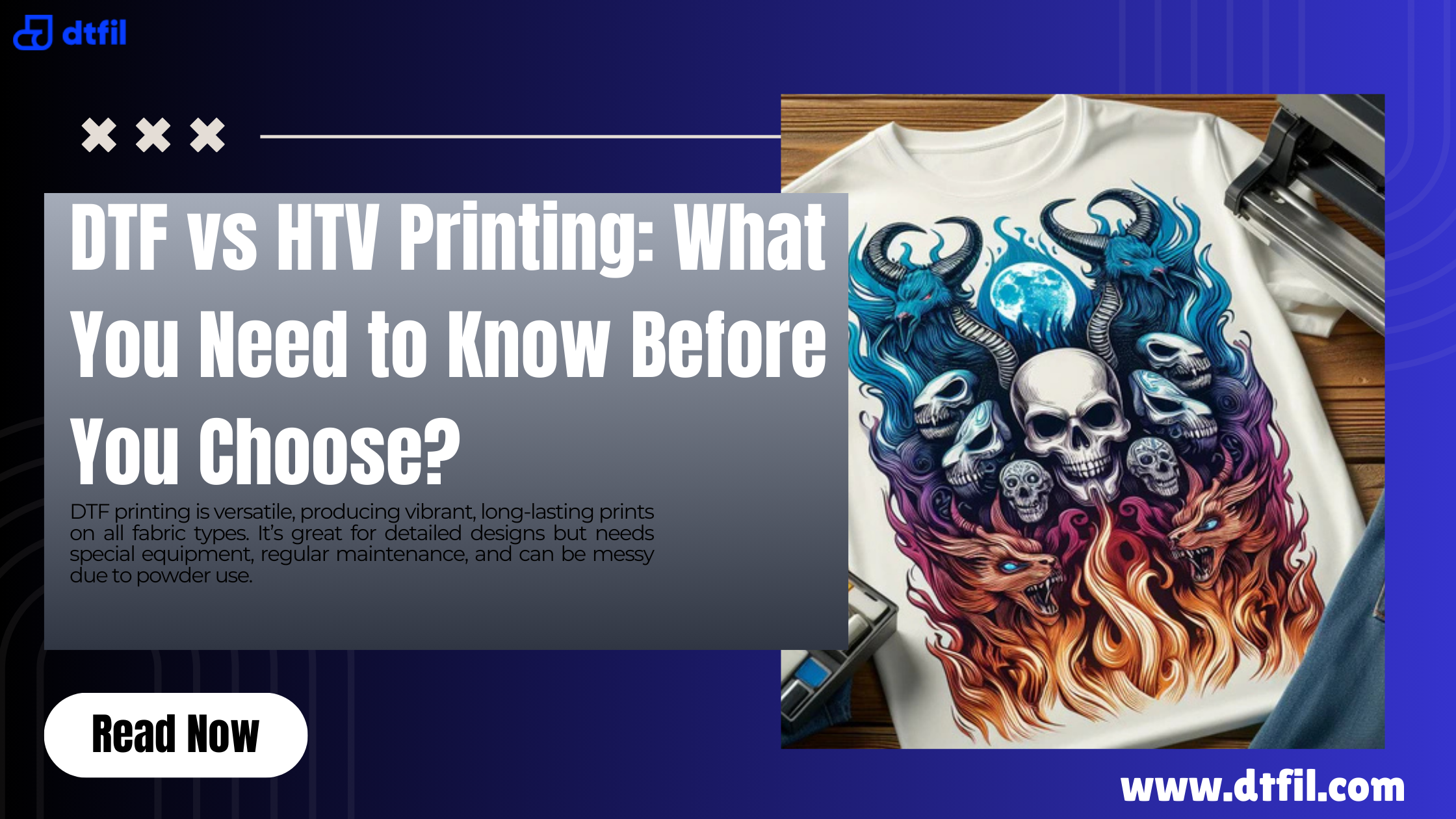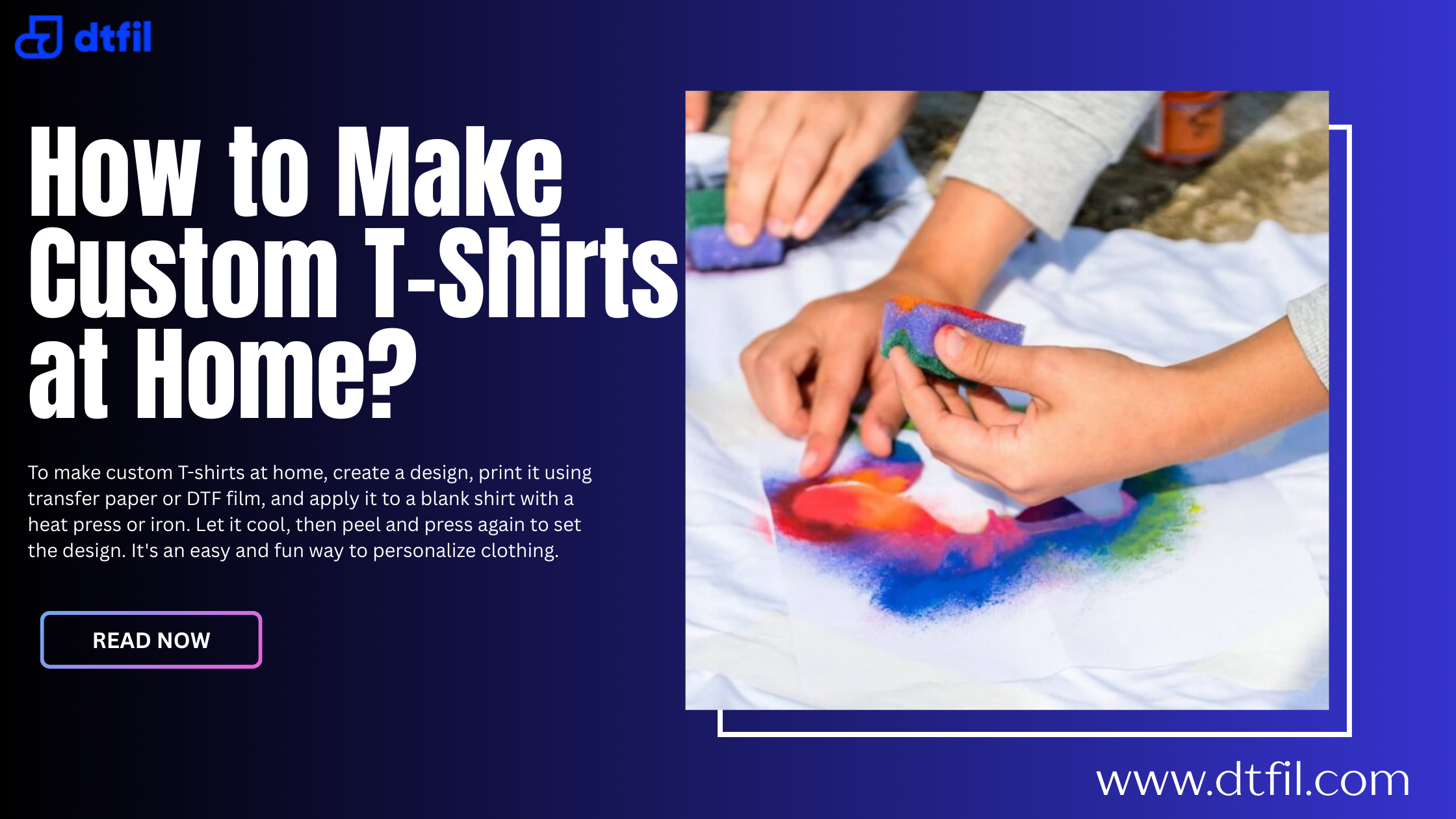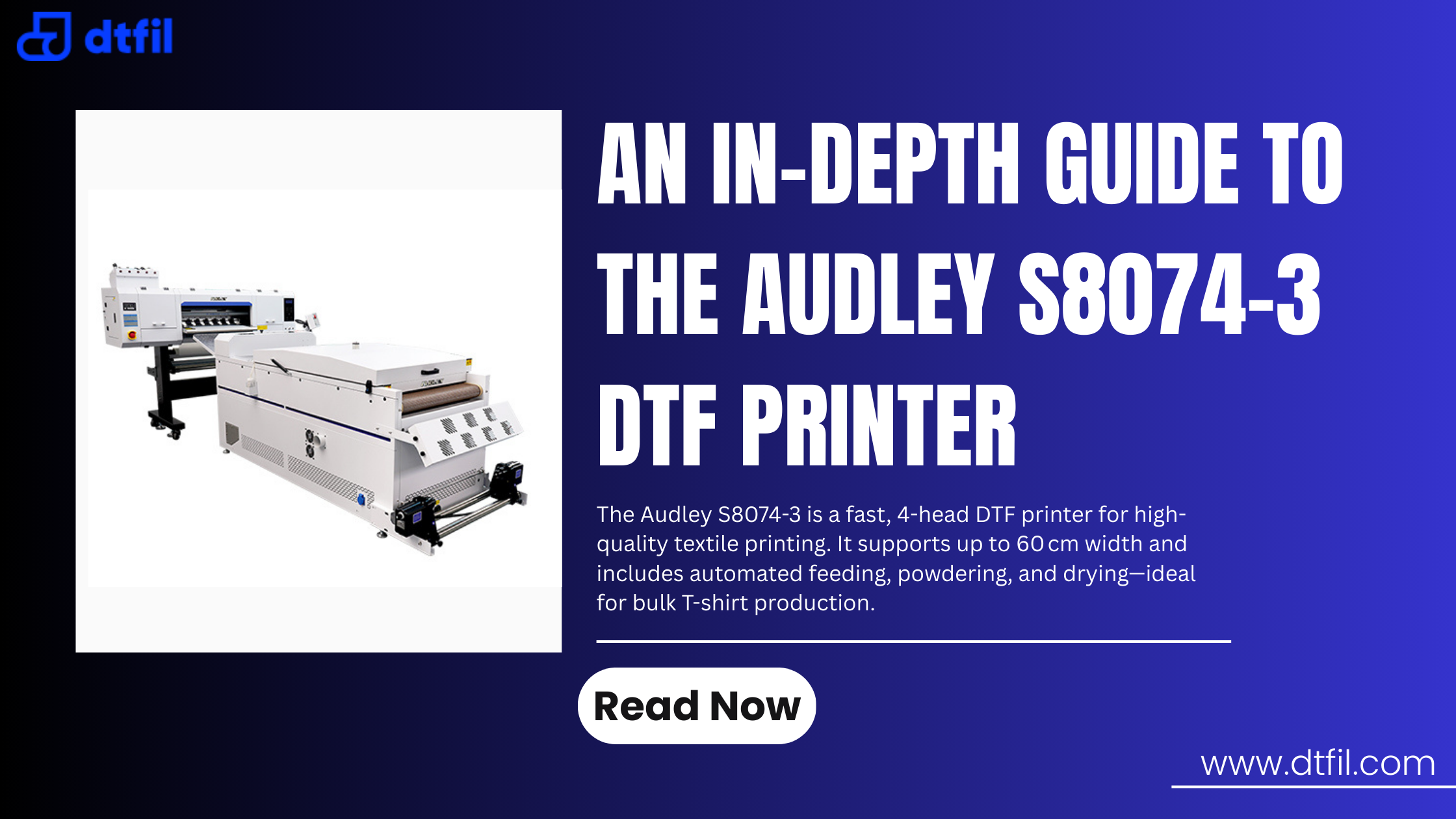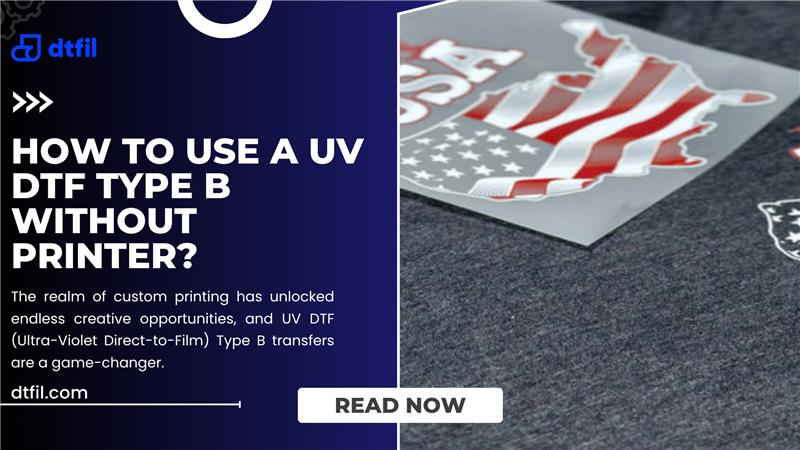With new technologies emerging at every turn in the rapidly changing world of custom printing, greater results, increased efficiency, and more versatility are achieved. Among these innovation breakthroughs is UV DTF, or direct-to-film printing. If you're involved in custom printing or plan to launch your business, it is very important to understand what is UV DTF and how it will help transform your operations. It won't only improve print quality but will open up an entire world of personalization to any material.
What is UV DTF?
UV DTF stands for Ultra Violet Direct to Film. As indicated, this peculiar printing method involves the use of UV light for curing ink as it is printed on some special film. Later on, the design is then transferred to any preferred surface to create a high-quality, hardy finish. Different from other traditional ways of printing, UV DTF serves users with sharper details, vibrant colors, and a resilient print appropriate for many uses.
How Does UV DTF Work?
The UV DTF printing process involves the offset printing of a design onto a particular type of PET film using UV-curable inks. After that, this film is covered with an adhesive layer. Further, films can be applied to target surfaces like glass, metal, plastic, or some fabrics. The adhesive is cured by UV light, securing the design firmly onto the surface.
Also Read: What Does DTF Mean in Printing? Debunking Myths and Facts
What is a UV DTF Transfers?
UV DTF transfers involve transferring a printed design from the PET film to a substrate of your choice using UV light. It accommodates high precision and details; hence, it is highly preferred for complicated designs. This process has been excellent in its results, from custom UV DTF cup wraps to branding promotional merchandise.
Benefits of UV DTF Printing

- Versatility: This characteristic is the foremost virtue of UV DTF in general. It can print on so many surfaces, like glasses, metal, ceramics, and some fabrics. This makes it so beneficial for businesses seeking to diversify their products.
- Durability: This can be said to be one of the strengths of UV DTF prints. Since the UV-curing process creates a strong bond between the ink and the surface, such prints will last longer than others, even under harsh conditions.
- Vivid Colors: The UV inks used in UV DTF printing create very vivid, eye-catching colors that will remain bright and bold over time. This is particularly vital for businesses relying on high-quality visual branding.
- Speed: UV DTF printing itself is rather fast, which helps the business to deliver orders on time without compromising on quality. Based on this factor, efficiency means increased customer satisfaction and greater profit margins.
Also Read: DTF Transfer Printing vs Other Methods: DTG, Screen Printing, and Sublimation
What is the Difference Between DTF and UV DTF?

The most important difference between DTF and UV DTF is in their curing methods. A standard DTF, makes use of heat to transfer designs onto fabric. That's good for T-shirts and other types of fabric. In contrast, UV DTF dries its ink with UV light, which thus renders it suitable for a wider array of materials, although it works best on non-porous surfaces like glass and metal. Moreover, UV DTF provides better durability and sharp quality as compared to traditional DTF.
Applications of UV DTF Printing
This makes UV DTF one of the most versatile printing methods that can be applied in various uses:
- Custom Cup Wraps: Design your personalized UV DTF cup wraps for branding or any occasion. The durable prints ensure that the designs remain intact, even with their regular use.
- Promotional Items: UV DTF can be used to print promotional items such as keychains, phone cases, and mugs, providing customers with quality branded items that will last long.
- Decorative glass: With UV DTF, one will be able to print on glass surfaces and create intricate designs—this shall truly prove to be functional with vibrant colors.
- Industrial Applications: Businesses can use UV DTF in the labeling of equipment and machinery where durability and readability are required.
Also Read: Direct-to-Film (DTF) Printing - What are the Pros and Cons?
Knowing what UV DTF Transfers and how it differs from traditional DTF can greatly benefit your business. It's a versatile, durable, and qualitative print that no other technology can match, making it a 'must-have' technology for a custom printing business. Be it diversifying your products or bringing betterment to your existing products, UV DTF printing is a technology you should invest in.
At DTF IL, we offer a range of UV DTF printing products and accessories to help you get started. Explore our selection today and take your custom printing business to the next level!
FAQs
What's the difference between DTF and UV DTF?
DTF printing uses heat to transfer designs onto textiles, while UV DTF uses UV light to cure ink, making it suitable for a wider range of materials and offering better durability.
How long does UV DTF last?
UV DTF prints are highly durable, often lasting years without fading or peeling, even when exposed to the elements.
Can you use UV DTF for shirts?
While UV DTF is not typically used for shirts, as it’s better suited for non-porous materials like glass, metal, and plastic, it can be used on certain fabrics that can hold the UV-cured ink.
What is the use of UV DTF?
UV DTF is used for creating high-quality, durable prints on a variety of surfaces, making it ideal for promotional products, decorative items, and industrial labeling.

